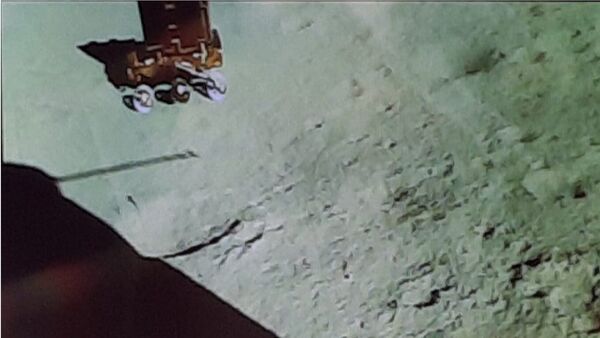Based on the preliminary analysis of the RAMBHA-LP payload onboard the Chandrayaan-3 lander’s first measurements of the near-surface lunar plasma environment over the south pole region, the plasma there is relatively scarce.
While this was going on, the ILSA payload on the Chandrayaan 3 lander, which is used to analyze lunar seismic activity, recorded an event on August 26 that appeared to be normal in addition to the rover’s and other payloads’ motions.
“The source of this event is under investigation,” ISRO said.
Additionally, according to ISRO, the Lunar Seismic Activity (ILSA) payload sensor on the Chandrayaan 3 Lander, the first MEMS-based device on the moon, has captured movement data from the Rover and other payloads.
An apparent natural occurrence was logged on August 26, 2023. The origin of this event is under investigation. The initial moon-based device employing Micro Electro Mechanical Systems (MEMS) technology is the Instrument for Lunar Seismic Activity (ILSA) on the Chandrayaan 3 Lander. It has recorded tremors resulting from Rover and other cargo motions.
Six high-sensitivity accelerometers that are part of ILSA are made locally utilizing the silicon micromachining technique. The main sensing system consists of an electrode system with comb-shaped electrodes and a spring-mass system. External vibrations force the spring to deflect, which changes the capacitance, which changes the voltage.
The primary objective of ILSA is to measure ground vibrations brought on by natural quakes, collisions, and anthropogenic events. The image displays the rover’s navigational vibrations on August 25, 2023. Also shown is an apparent natural occurrence that took place on August 26, 2023. The incident’s cause is still being investigated.
With the assistance of commercial enterprises, LEOS in Bangalore developed and realized the ILSA payload. URSC, Bengaluru, created the deployment system for deploying ILSA on the lunar surface.
The RadioRadioomy of Moon-bound Hypersensitive Ionosphere and Atmosphere (RAMBHA-LP) payload onboard Chandrayaan-3 Lander has made the first-ever measurements of the near-surface lunar plasma environment over the south polar region. The initial assessment indicates that the plasma near the lunar surface is relatively sparse,” ISRO said in a social media post.
These numerical measurements might help reduce the noise that lunar plasma adds to radio wave communication. They could also improve the designs for future lunar visits, according to ISRO.
Also Read: “We have completed rehearsal for the launch”: ISRO chief S Somnath on Aditya-L1 mission

















